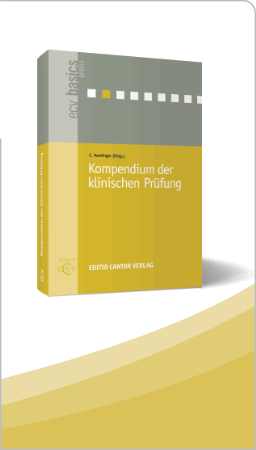Header
Ihr Suchergebnis
Sie recherchieren derzeit unangemeldet.Melden Sie sich an (Login) um den vollen Funktionsumfang der Datenbank nutzen zu können.
Sie suchen in allen Bereichen nach dem Autor Trute A.
In der Rubrik Zeitschriften haben wir 2 Beiträge für Sie gefunden
-
The new ICH M7 Guideline on the assessment and control of mutagenic impurities in pharmaceuticals
Rubrik: europharm
(Treffer aus pharmind, Nr. 11, Seite 1603 (2015))
Glowienke S | Stammberger I | Trute A | Veit M
The new ICH M7 Guideline on the assessment and control of mutagenic impurities in pharmaceuticals / Implications on its practical use – Part 2 * Part 1 see Pharm. Ind. 2015;77(10):1474–1483. · Glowienke S, Stammberger I, Trute A, Veit M · 1Novartis Pharma AG, Basel (Switzerland) und 2Toxicological Consultancy Services, Hattersheim und 3F. Hoffmann-La Roche AG, Basel (Switzerland) und 4i.DRAS GmbH, Planegg
The ICH M7 guideline [ 24 ] focuses on the assessment of potentially DNA-reactive (mutagenic) impurities which are usually detected in the bacterial reverse mutagen assay, i. e. the Ames test. However, the guideline recognises the potential to use in silico predictions as a substitution to the in vitro studies. The initial hazard assessment as recommended by the ICH M7 involves database and literature searches for carcinogenicity and bacterial mutagenicity data for any actual and potential impurities. These data are used to allow classification into Class 1, 2, or 5 according to Tab. 2. If data for such a classification are not available, an ...
-
The new ICH M7 Guideline on the assessment and control of mutagenic impurities in pharmaceuticals
Rubrik: europharm
(Treffer aus pharmind, Nr. 10, Seite 1474 (2015))
Glowienke S | Stammberger I | Trute A | Veit M
The new ICH M7 Guideline on the assessment and control of mutagenic impurities in pharmaceuticals / Implications on its practical use – Part 1 · Glowienke S, Stammberger I, Trute A, Veit M · 1Novartis Pharma AG, Basel (Switzerland) und 2Toxicological Consultancy Services, Hattersheim und 3F. Hoffmann-La Roche AG, Basel (Switzerland) und 4i.DRAS GmbH, Planegg
The new ICH M7 Guideline on the assessment and control of mutagenic impurities in pharmaceuticals, coming into force on January 1st, 2016, is intended to consolidate, at a global level, best practice in handling the ‘hot topic genotoxic impurities’, which it has been among regulators and industry for more than 10 years. As a multidisciplinary guideline the ICH M7 comprehensively addresses the impurity assessment by toxicological means as well as those of structure, process and analytical chemistry. Important elements are the derivation of toxicology-based limits and appropriate choice of control measures for (potentially) mutagenic impurities, i. e. DNA-reactive compounds in particular. This ...





